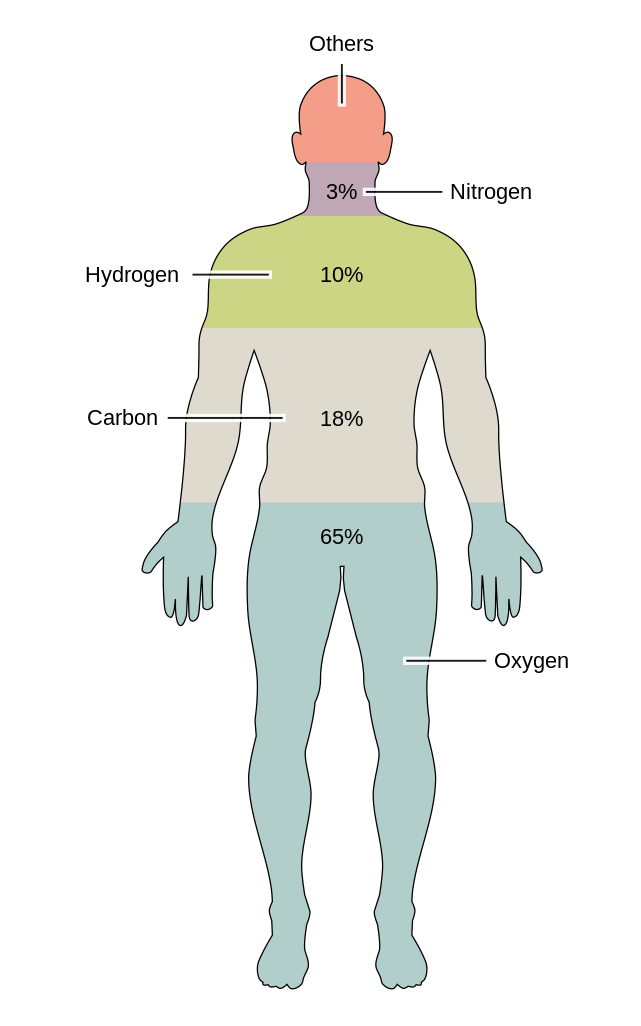Molar mass of CuO = 79.5454 g/mol
The relative atomic mass of an element is a weighted average of the masses of the atoms of the isotopes - because if there is much more of one isotope then that will influence the average mass. What is the relative mass formula of water? (Relative atomic masses: H = 1, O = 16) Solution: The formula for water is H 2 O. Each molecule contains 2 hydrogen atoms and 1 oxygen atom. The relative mass formula of water is M r (H 2 O) = 2 × A r (H) + A r (O) = 2 × 1 + 16 = 18.
This compound is also known as Copper(II) Oxide.
Convert grams CuO to moles or moles CuO to grams
Molecular weight calculation:
63.546 + 15.9994
| Symbol | # of Atoms | Copper | Cu | 63.546 | 1 | 79.886% | |
| Oxygen | O | 15.9994 | 1 | 20.114% |
Note that all formulas are case-sensitive.Did you mean to find the molecular weight of one of these similar formulas?
CUO
CuO
Relative Atomic Mass Ar
In chemistry, the formula weight is a quantity computed by multiplying the atomic weight (in atomic mass units) of each element in a chemical formula by the number of atoms of that element present in the formula, then adding all of these products together.



Calculate Relative Atomic Mass Of Oxygen

If the formula used in calculating molar mass is the molecular formula, the formula weight computed is the molecular weight. The percentage by weight of any atom or group of atoms in a compound can be computed by dividing the total weight of the atom (or group of atoms) in the formula by the formula weight and multiplying by 100.
Using the chemical formula of the compound and the periodic table of elements, we can add up the atomic weights and calculate molecular weight of the substance.
A common request on this site is to convert grams to moles. To complete this calculation, you have to know what substance you are trying to convert. The reason is that the molar mass of the substance affects the conversion. This site explains how to find molar mass.
The atomic weights used on this site come from NIST, the National Institute of Standards and Technology. We use the most common isotopes. This is how to calculate molar mass (average molecular weight), which is based on isotropically weighted averages. This is not the same as molecular mass, which is the mass of a single molecule of well-defined isotopes. For bulk stoichiometric calculations, we are usually determining molar mass, which may also be called standard atomic weight or average atomic mass.
Finding molar mass starts with units of grams per mole (g/mol). When calculating molecular weight of a chemical compound, it tells us how many grams are in one mole of that substance. The formula weight is simply the weight in atomic mass units of all the atoms in a given formula.
Relative Atomic Mass Of Oxygen 16
Formula weights are especially useful in determining the relative weights of reagents and products in a chemical reaction. These relative weights computed from the chemical equation are sometimes called equation weights.




